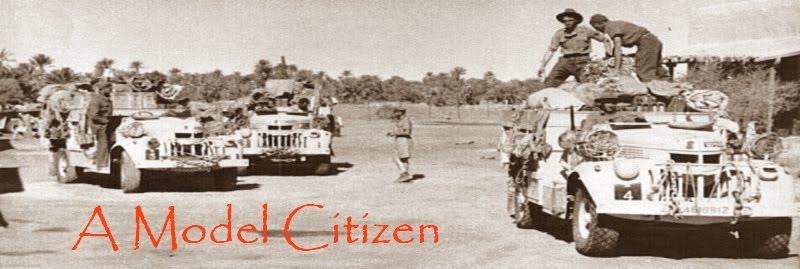Finally got the opportunity to do some initial painting on my Fl. This was my first experience with trying the modulation technique. Let's just say I learned some valuable lessons for "next time"!
Next up are decaling (not many on this beast), tow cables, antennae, and then painting the wheels, tracks, and on-board equipment. Then the final weathering and basing which will finish up this project.
Here's a shot of the Fl as it sits right now. For more pictures please see my build log on Tanks and Things, http://tanksandthings.niceboard.org/t5314p30-stug-iii-f1-mark-groth
Next up are decaling (not many on this beast), tow cables, antennae, and then painting the wheels, tracks, and on-board equipment. Then the final weathering and basing which will finish up this project.
Here's a shot of the Fl as it sits right now. For more pictures please see my build log on Tanks and Things, http://tanksandthings.niceboard.org/t5314p30-stug-iii-f1-mark-groth

































